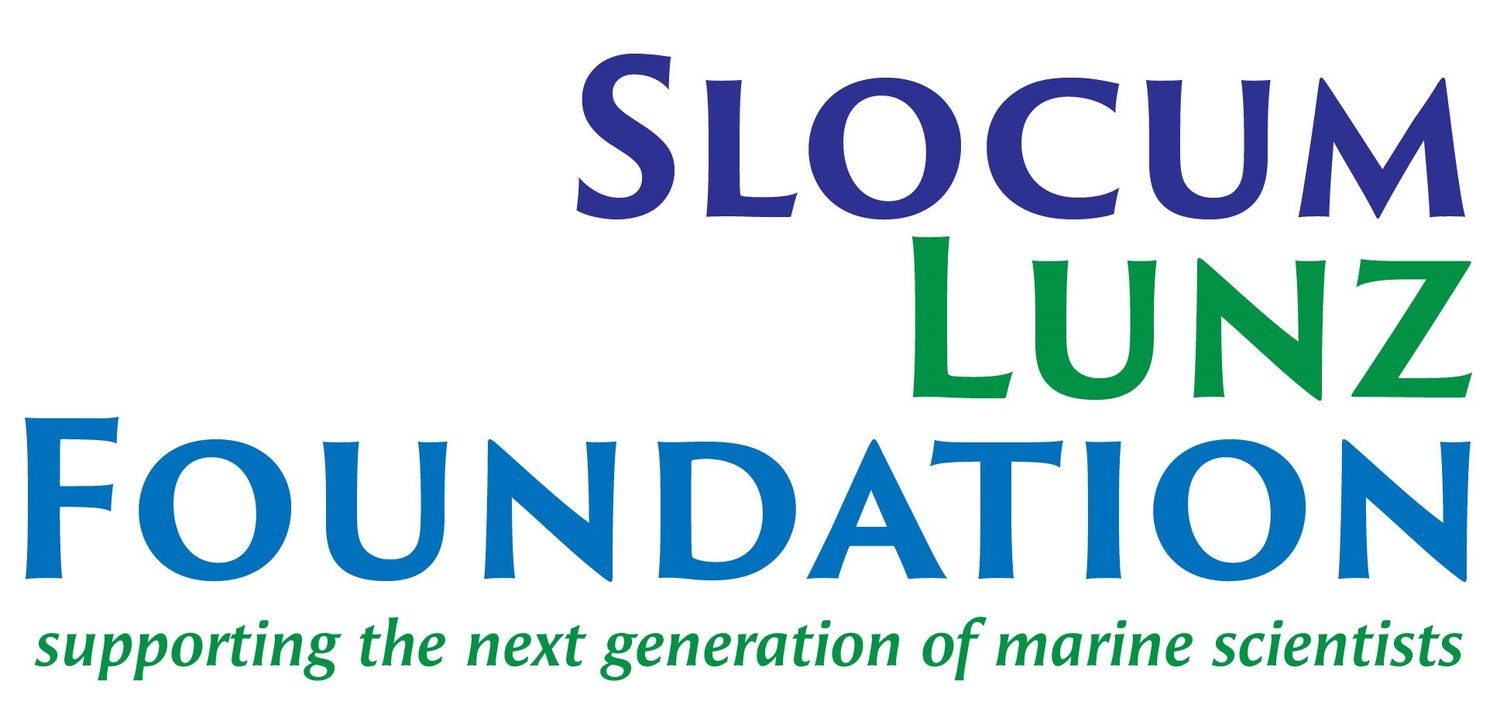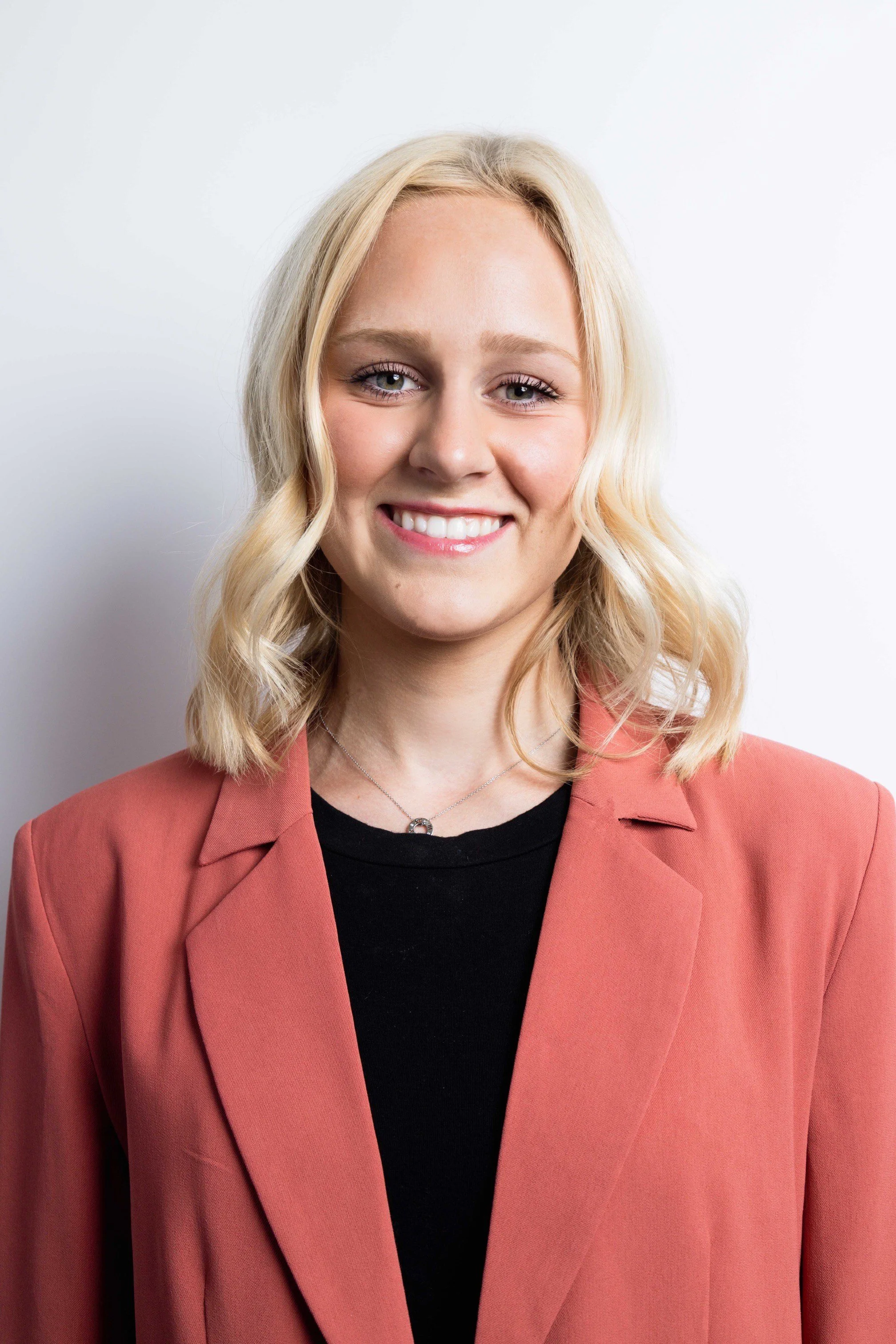
Alexandra Larson
Graduate Program in Marine Biology
College of Charleston
9-day old sheepshead minnow (Cyprinodon variegatus)
Photo courtesy of A. Larson
Alex’s Story
Alex grew up in southwest Minnesota, where her interest with the ocean began long before she ever saw it. Though she didn’t set eyes on the ocean until middle school, her passion for marine life and dedication to becoming a marine biologist never wavered. After high school, she moved to Florida to attend the University of Tampa, where she majored in Marine Science-Biology and Environmental Science, with minors in Chemistry and Sustainability. Early on, she realized she was especially interested in aquatic toxicology and took every chance she could to get involved in research and build hands-on experience. One of her first research projects involved working with Ligia isopods, where she helped identify the presence of the introduced species, Ligia exotica, on Midway Atoll in Hawaii. In addition, she helped describe a novel species, Ligia barack, from the Hawaiian island of Nihoa. From there, she worked on a variety of projects, everything from studying the effects of brevetoxin on isopod survival to analyzing heavy metal extraction techniques in a chemistry lab and even looking at bird populations and their parasites around the Univ. of Tampa campus. She also spent a summer at Texas A&M through an NSF REU program, where she worked on mapping CDOM (chromophoric dissolved organic matter) in the Northern Gulf of Mexico. Each experience deepened her commitment to studying environmental pollutants and sustainability which eventually led her to Charleston, South Carolina, where she is now pursuing her master’s degree at the College of Charleston and working with NOAA’s Ecotoxicology Branch at Hollings Marine Lab. When she is not in the lab or out in the field, Alex enjoys spending time by the ocean, which still feels like a dream come true, trying new coffee shops, and relaxing with friends.
Alex’s Research
Estuaries are incredibly important ecosystems, supporting a wide range of species and offering both ecological and economic benefits. However, they are also extremely vulnerable to pollution, especially from urban runoff. One major source of contamination comes from tire wear particles (TWPs), which are produced as tires break down due to friction with the road. These particles are ubiquitous in the environment and carry with them a variety of chemical additives used in tire manufacturing. Among these additives is 6PPD, a chemical that acts as an antioxidant and antiozonant and is used to protect tires from wear and degradation. When released into the environment, 6PPD transforms into a product called 6PPD-quinone, which has been linked to harmful effects in aquatic organisms, particularly fish.
Alex’s thesis research focuses on how these chemicals affect the embryonic and early larval stages of two important estuarine fish species, the sheepshead minnow (Cyprinodon variegatus) and the spotted seatrout (Cynoscion nebulosus). Both species play key roles in coastal ecosystems in the South Atlantic region. Her study will analyze how exposure to TWP leachate, 6PPD, and 6PPD-quinone impacts survival, growth, and development of these species. She will use her data to identify important toxicity thresholds such LC₅₀ values, as well as non-lethal effects that could impact fish populations long-term. Her results will help fill critical gaps in our understanding of how TWPs and their associated chemicals impact estuarine species and contribute to a broader understanding of the environmental impacts of tire wear in coastal ecosystems.
Alex’s poster presentation at the 2025 Carolinas Society of Environmental Toxicology and Chemistry (SETAC) Annual Meeting.
Photo courtesy of A. Larson



